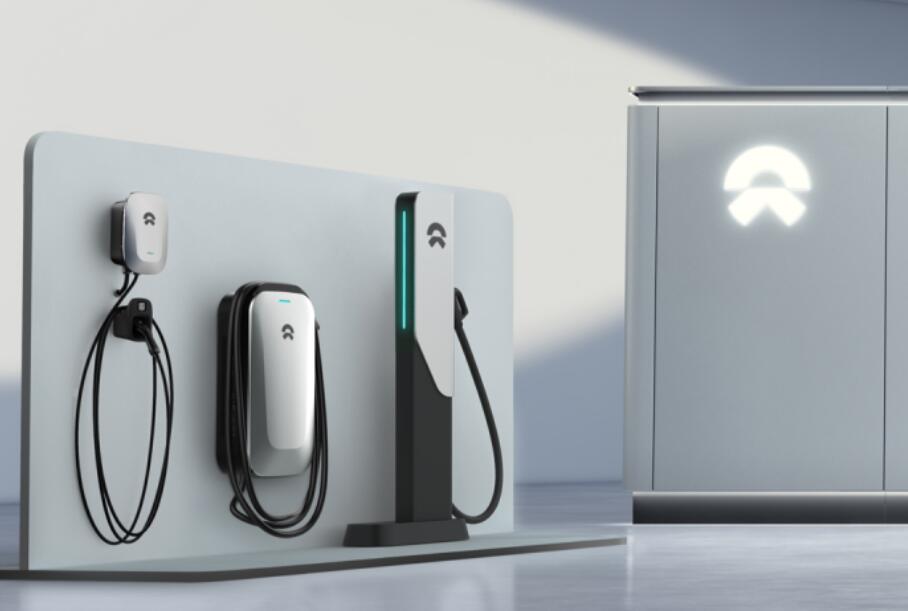Mileage anxiety is one of the hindrances to the development of pure electric vehicles. As for how to solve the problem of customer mileage anxiety, car companies are trying their best to improve the energy density and power of the power battery, while also shortening the time to recover mileage.
So there is Tesla as the representative of the super fast charging, and Nio, BAIC New Energy as the representative of the battery swap technology to provide additional convenience on the basis of fast charging. So which of the two is better.
In the user experience, battery swap is better than fast charging.
On December 27, 2019, Tesla completed the construction of its first charging station with V3 Superchargers in Shanghai and opened it to the public.
Tests conducted by Auto Home at the time showed that after about 10 minutes of charging, the vehicle reached 45% charge and the dashboard showed an increase in range of 208 km.
At around 20 minutes of charging, the vehicle reached 70% charge and the range shown on the dashboard increased by 330 km.
Finally, the car goes from a 3% charge to a 90% charge in 37 minutes and 26 seconds, increasing the range shown on the dashboard by 428 km.
In the Chinese market, where fast-charging of pure EVs is typically 80 percent in 30 minutes, the V3 Supercharger's charging performance is above average, but the charging time is still at a disadvantage compared to fuel cars.
As of October 5, 2020, Nio users have accumulated over 1 million battery swaps, which sets an industry model and shows that the acceptance of battery swaps is relatively high.
It claims that the speed of 3 minutes for a new battery is very close to the speed of refueling, which is also the core advantage of battery swap.
Fast charging is more advantageous in cost.
In June 2013, Tesla CEO Elon Musk demonstrated a fully automated battery swap pool, and Tesla finally abandoned the battery swap model when people thought it would go the way of the battery swap.
Nio launched the free battery swap as a result of a joint effort between the business and finance departments. On average, 1,000 users drive their own battery swap every day, according to current battery swap operation statistics.
A battery swap charging capacity of about 50 degrees, the cost of a single car is about 50 RMB.
Nio Vice President Zhu Jiang gives the results, because the battery swap station and its operating costs already exist, in fact, the free battery swap will add 50,000 RMB per day to our operating costs.
If we consider the rent, salary, battery maintenance (we need to replace the batteries in 3 years) and other expenses, the cost of Nio battery swap should be much more than 50,000 RMB per day.
Perhaps because of the high operating costs, on October 12, 2020, Nio announced the adjustment of the free battery swap benefits, announcing the end of the free battery swap service for new car owners.
Lack of uniform standards for battery swap affects layout progress
Fast charging and battery swap two technology solutions have been supported by the policy, but the domestic fast-charging standard has been established.
Nio, BAIC, Roewe, Geely and other main car enterprises are actively promoting the battery swap standard, compared to fast charging, battery swap has been a big step behind in the establishment of standards.
In addition, although theoretically it is believed that fast charging high current will accelerate the decay of the power battery, leading to shorten the service life of the power battery, but the slow charging frequency of the power battery in the battery swap station is higher than the ordinary power battery, as to which way will be more advantageous in the service life, it is difficult to say.
With the development of technology and the increase in demand, the battery swap station needs to increase the number of batteries or the number of parking spaces for the battery swap. The battery swap station needs to be renovated, and the quick charge is smaller and more flexible than the battery swap.
Nio's lifetime free battery swap should help boost Nio's sales, but it's still unknown whether customers will continue to pay for Nio after the lifetime free battery swap is cancelled.
In the market of electric taxi and electric net-booking cars, which are pursuing operational efficiency, the demand for battery swap will be high, which will stimulate the popularity of battery swap stations.
From the details of local provincial and municipal policies to promote electric rental and net-booking cars, this is very favorable to battery swap.
If battery swap can solve the problem of charging efficiency, then fast charging will continue to lead the market, if battery swap can reduce operating costs, maybe it can win back part of the market, but it is difficult to become mainstream.

